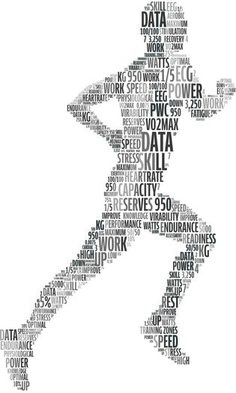The essence of athlete management is adjusting the daily training load to the actual status of the athlete. This can hardly be any news for us coaches. We know the daily training load, because that is what we put on paper; our training program over which we have total control.
But the missing link is the assessment of the actual status of the athlete: is the designed training load optimal, or too much or too little, too heavy or too light, on that particular day. We don’t know, and we mostly find out when it is too late, the athlete shows no progress, or is suffering from performance decrease, from overtraining or from injuries.
So that is why we try to assess the athletes’ current status before every workout. We observe, ask, listen or sometimes we do some tests to see if the athlete is recovered adequately from the workouts before. And yes, we make mistakes in this. Subjective assessment like observing, asking and listening will never allow us to get an adequate picture of the athlete’s status.
The athlete only has a subjective idea about his or her status, mainly colored by motivation, intention, willpower etc.
“Tired?”
“Oh no, I’m ready, coach”
“Stressed?”
“Who … me? You must be kidding coach…”
We have heard it too many times.
Subjective assessment: suppose you have a little fever, and you measure 38.5 degrees Celsius. Now imagine your response if you at one hand have something important or nice to do, like making the final deadline of an important project, or a long awaited meeting with old friends. Or on the other hand, cleaning the attic or visiting your parents in law. You can imagine that in the first cases you will hardly notice that fever, while in the latter cases the same fever will drive you to bed.
The same with athletes. Listening to them only means you always make a mistake, the workout is 20% too heavy or too much or 20% too light or too little.
A short Omegawave test might help us to reduce that margin of error, to let’s say to 5% instead of 20%, in each workout. After one month you will see a different athlete. This is because you now have an objective measurement of their status, not colored by intentions.
The extra information will allow you as a coach to adjust the workout. Maybe you should think about having Plan A if the athlete is fully recovered, like you made the program for, and plan B in case the athlete is not completely recovered.
Testing doesn’t mean that you don’t have subjective assessment anymore. It just means you have more information to work with and less guesswork to base your training upon. Also, in the longer term you are able to monitor your athletes and see the trends and the long term responses to training.
